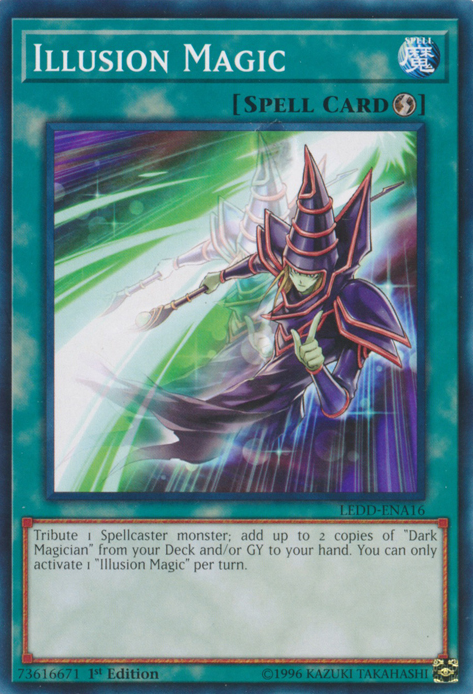
The separated left and right images for each eye ensure stereo vision. In a head-mounted display (HMD), the displays are mounted close to the eyes and head tracking ensures that the left and right images are updated according to the head movements of the participant with respect to the underlying virtual environment. Audio is typically delivered by a set of speakers in unobtrusive positions around the Cave. The images are determined as a function of head tracking so that, at least with respect to the visual system, participants can physically move through a limited space and orient their head arbitrarily to be able to perceive (but not necessarily from all directions-depending on how many screens there are). 1993), is a system where between four and six walls of an approximately 3 m 3 room are back-projected stereo projection screens. For example, the Cave ( Cruz-Neira et al. A typical IVR system today delivers stereo vision that is updated as a function of head tracking, possibly directional audio and sometimes some type of limited haptic interface.

The visual images displayed will be determined as a function of at least the position and orientation of the human participant's head, enabled through head tracking, and ideally should also include tactile, force-feedback, heat and smell displays so that all of the senses may be catered for. The computer maintains a dynamic database, which is a digital description of an environment, and the displays are continually rendered from this. The reason for this is that we do not want the everyday meaning, for example, of ‘plausibility’, to intrude but rather only the specific meanings that we give to these concepts.Ģ. Immersion and sensorimotor contingenciesĪn ideal IVR system will typically consist of a set of displays (visual, auditory, haptic) and a tracking system. Throughout this paper I use the notation PI to represent place illusion and Psi to represent plausibility illusion. These concepts are immersion, place illusion (PI), plausibility illusion (Psi) and the fusion of these last two in the notion of a virtual body. This paper presents concepts that may help towards understanding how IVR has the power to transform place and even self-representation. Our approach is to treat virtual reality as providing a fundamentally different type of experience, with its own unique conventions and possibilities, a medium in which people respond with their whole bodies, treating what they perceive as real. 1996), it is much like both cinema and television in their early days, which were used essentially as a medium for theatre. As has been mentioned before ( Pausch et al. In other words, virtual reality has rarely been seen as a medium in its own right, as something that can create new forms of experience, but rather as a means of simulating existing experience ( Brooks Jr 1999). Yet it is a medium that has the potential to go far beyond anything that has been experienced before in terms of transcending the bounds of physical reality, through transforming your sense of place and through non-invasive alterations of the sense of our own body. The vast majority of research and development in this area has been to use it as a way to simulate physical reality. The technology for immersive virtual reality (IVR) has existed for 40 years, initially as a demonstrated laboratory-based idea (the ultimate display) ( Sutherland 1965) and for the past 20 years as practical, affordable and useful systems. We argue that when both PI and Psi occur, participants will respond realistically to the virtual reality. Psi is determined by the extent to which the system can produce events that directly relate to the participant, the overall credibility of the scenario being depicted in comparison with expectations. PI is constrained by the sensorimotor contingencies afforded by the virtual reality system. In the case of both PI and Psi the participant knows for sure that they are not ‘there’ and that the events are not occurring.


Second, plausibility illusion (Psi) refers to the illusion that the scenario being depicted is actually occurring. The first is ‘being there’, often called ‘presence’, the qualia of having a sensation of being in a real place. The idea is put forward, based on the experience of a large number of experimental studies, that there are two orthogonal components that contribute to this realistic response.
In this paper, I address the question as to why participants tend to respond realistically to situations and events portrayed within an immersive virtual reality system.


 0 kommentar(er)
0 kommentar(er)
